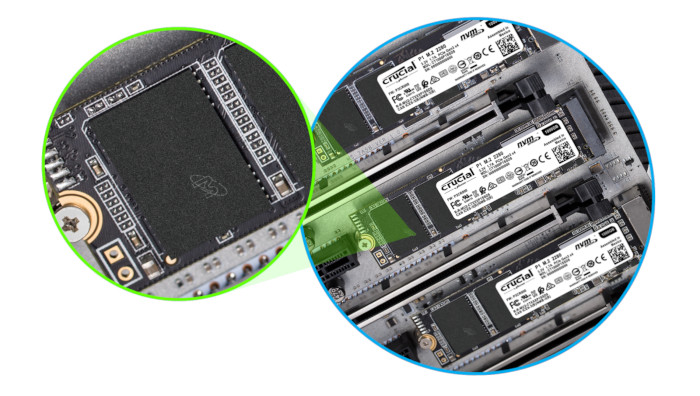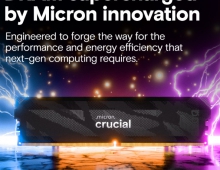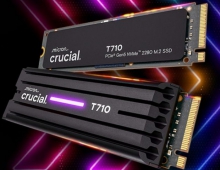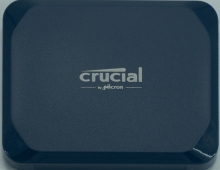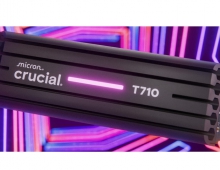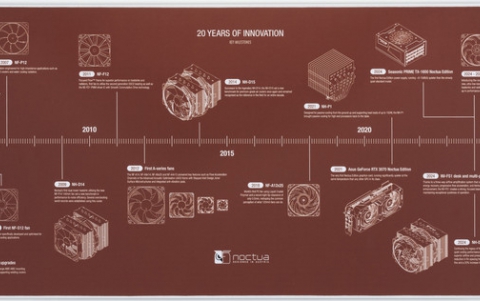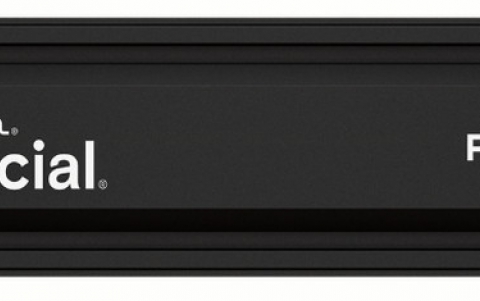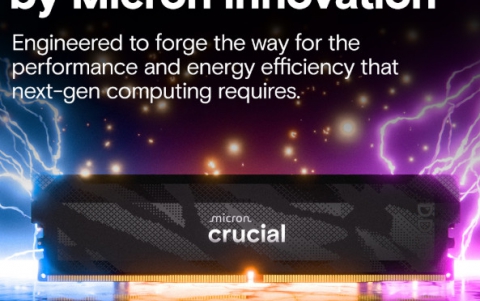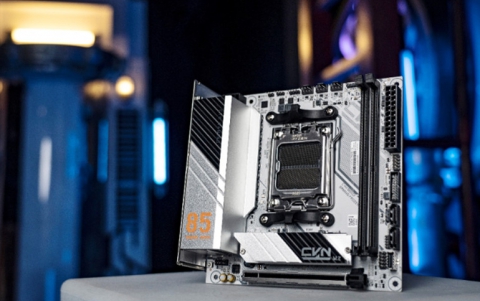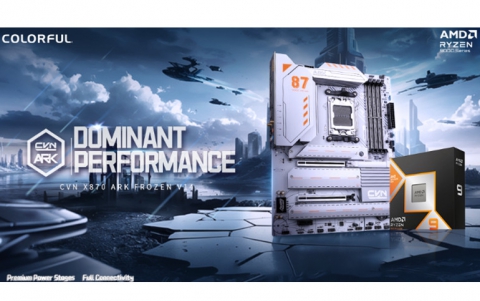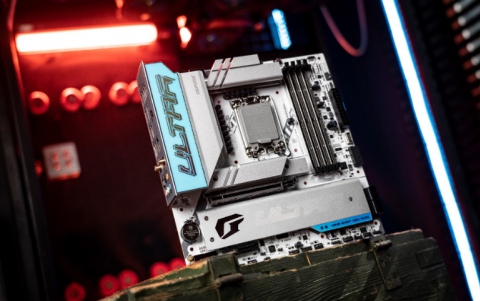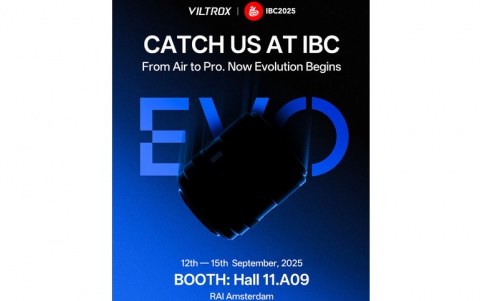Crucial P1 NVMe 1TB SSD review
9. Final words
The Crucial P1 SSD left us with an overall impression that QLC NAND is not quite offering what the entusiast PC user would expect. It is an entry-level NVMe SSD for everyday use, designed for those who do not deal intensive workloads, while it also has to compete with other NVMe drives out there.
The drive is designed to take advantahe of its SLC cache in order to provide high performance. The potential problem here is that as soon the SSD fills up with data you store, the available cache shrinks as well. This means that you may deal with a good-performing SSD in the beginning of your journey with it, but when the drive is becomes full, a write-heavy workload can overflow the cache and impact the SSD's performance, mainly in terms of writing.
Generally, all SSD are behaving better when they is enough free space in them. The P1 will behave and will match its performance specs quoted by Crucial during your everyday tasks, since it is very hard to fill the SLC cache with a realistic workload. So expect to have a ppeformance in par with what you would get with any other entry-level NVMe drive.
To sum up, the Crucial P1 is best suited for consumer machines, and it is definitely faster overall than any SATA SSD. The main advantage of QLC NAND should be its low price, although that is not exactly the case for the Crucial P1. You'll have to spend about $165 for the 1TB Crucial P1 SSD, which could be even lower.
Most mainstream 1TB SATA SSDs are more affordable, but there are also some high-performance TLC-based NVMe SSDs out there that would cost you even more.
The P1 SSD should be viewed as a solution for mainstream users wanting the benefits of flash but the economics of hard drives. Under that perspective, the Crucial P1 offers increased speeds over hard drives or older SSDs, being a leader in this new breed of QLC drives.
